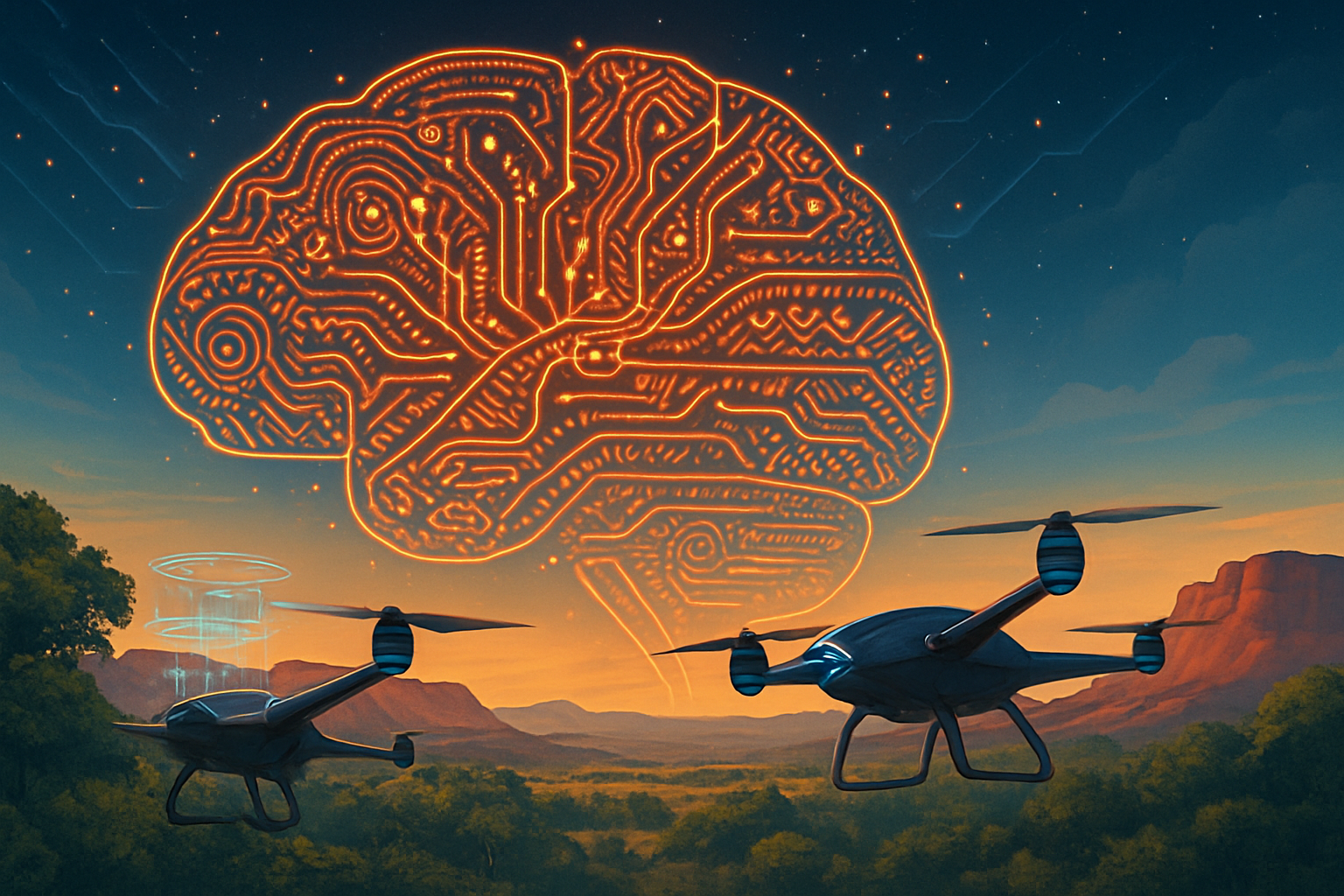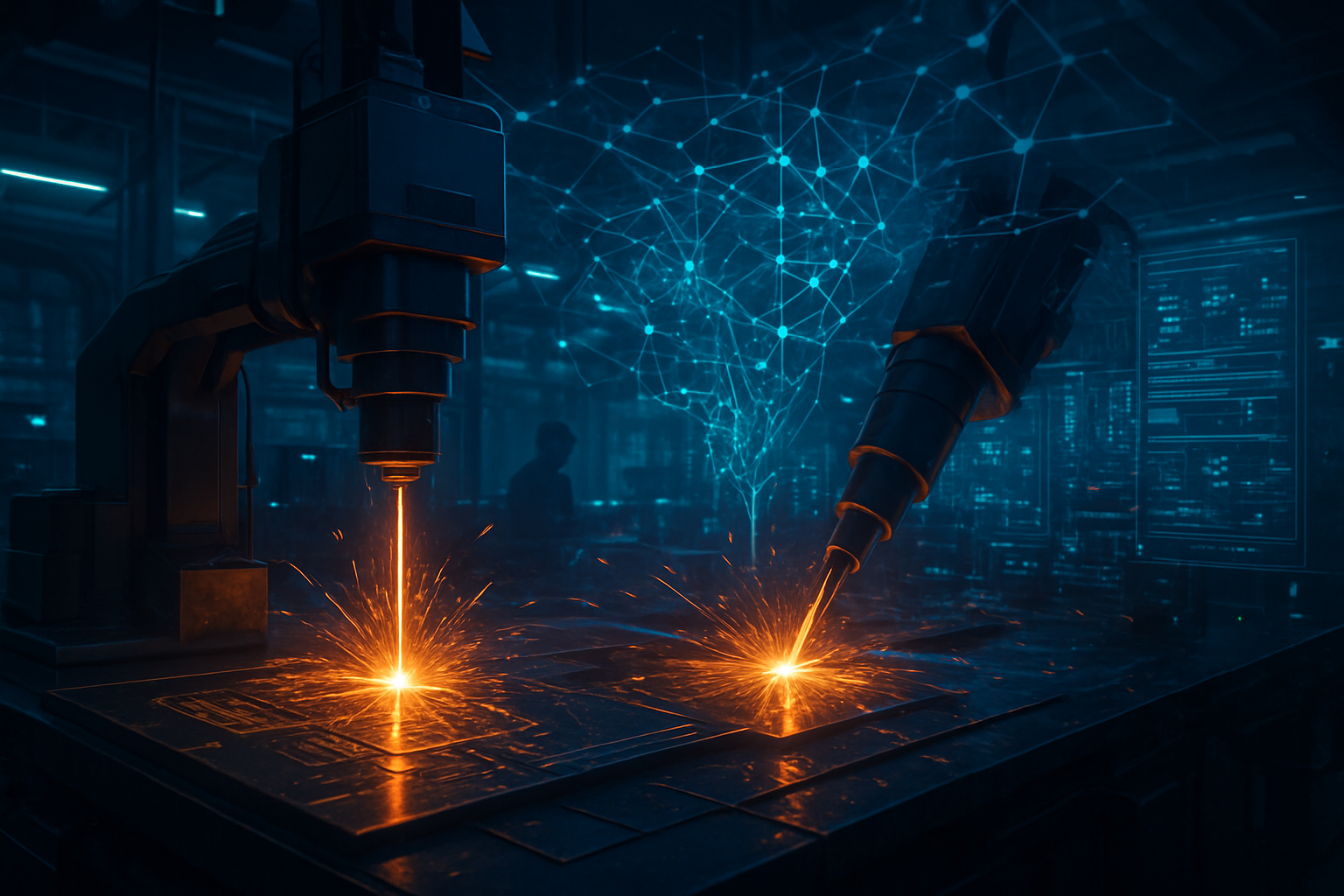In an era increasingly shaped by the capabilities of advanced artificial intelligence, particularly large language models (LLMs) like OpenAI's (NASDAQ: OPEN) ChatGPT, the line between meticulously crafted fact and convincingly presented fiction has become perilously blurred. As these powerful tools revolutionize content creation, research, and communication, the urgent need for robust mechanisms to distinguish AI-generated truth from fabrication has never been more critical. Recent breakthroughs in AI research are now offering promising solutions, introducing novel methods designed to peer into the very 'thought processes' of LLMs, enabling a more reliable separation of fact from fiction.
These developments mark a significant leap forward in the quest for trustworthy AI. By providing internal confidence metrics and external verification frameworks, these new methods aim to restore and maintain user confidence in AI-generated content. This not only addresses the pervasive issue of "hallucinations"—where AI confidently presents plausible but factually incorrect information—but also paves the way for AI systems that are not just intelligent but also demonstrably accountable to truth. The implications for industries reliant on accurate information, from journalism to scientific research, are profound, promising a future where AI's immense potential can be harnessed with greater assurance.
Unpacking the Mechanics: How AI Learns to Tell the Truth
The technical landscape of AI fact-checking is rapidly evolving, with several innovative approaches gaining traction. One particularly noteworthy method, published in Nature, leverages Semantic Entropy by prompting a chatbot to generate multiple answers to the same query. Another language model then clusters these answers based on their semantic meaning. A low "semantic entropy"—meaning consistent answers, even if phrased differently—suggests a higher likelihood of factual accuracy. Conversely, widely varying answers signal a higher probability of confabulation. This technique has demonstrated an impressive approximately 79% accuracy in distinguishing correct from incorrect AI-generated answers, a significant improvement over previous methods.
Further advancing this frontier is Calibrating LLM Confidence by Probing Perturbed Representation Stability (CCPS), developed by researchers at Michigan State University. This ingenious method acts as an internal "trust meter" by applying subtle "nudges" to an LLM's internal state while it is formulating an answer. By observing how these perturbations affect the output, CCPS can report on the accuracy and confidence of the generated information. This offers a more efficient internal consistency check compared to repeatedly querying the AI, proving invaluable in "high-stakes domains" where factual errors carry severe consequences.
These methods represent a departure from earlier, often less reliable, external validation techniques. While previous approaches might have relied on simple keyword matching or superficial consistency checks, these new paradigms delve deeper. Semantic Entropy quantifies the coherence of an AI's internal knowledge representation, while CCPS directly probes the stability of its factual assertions. Initial reactions from the AI research community have been largely positive, hailing these advancements as crucial steps toward building more robust and transparent AI systems capable of self-correction and improved factual grounding.
Reshaping the AI Industry: A New Competitive Edge
The emergence of sophisticated fact-checking methods carries significant implications for AI companies, tech giants, and burgeoning startups. Companies that can effectively integrate these truth-detection mechanisms into their LLM offerings stand to gain a considerable competitive advantage. Major players like Google (Alphabet Inc. – NASDAQ: GOOGL) and Microsoft (NASDAQ: MSFT), heavily invested in AI development and deployment, will likely prioritize incorporating such features into their respective AI platforms and cloud services. This could manifest as enhanced factual accuracy in search results, more reliable content generation tools, and robust enterprise AI solutions.
For leading AI labs such as OpenAI (NASDAQ: OPEN) and Anthropic, the ability to mitigate hallucinations and boost factual reliability directly impacts their product reputation and user trust. Models perceived as more truthful will naturally attract a larger user base and foster deeper integration into critical applications. This development could disrupt existing products or services that have struggled with AI-generated inaccuracies, forcing a re-evaluation of current AI deployment strategies. Startups specializing in AI safety, verification, and ethical AI will also find fertile ground for innovation, potentially offering third-party auditing and enhancement services for LLM outputs.
Market positioning will increasingly hinge on not just the power of an AI model, but its trustworthiness. Companies that can offer "truth-calibrated" AI will differentiate themselves in a crowded market, potentially commanding premium services for applications requiring stringent factual integrity, such as legal research, medical diagnostics, and financial analysis. The strategic advantage lies in building not just intelligent machines, but intelligent and reliable partners.
Wider Significance: A Pillar for Trust in the Digital Age
These advancements in fact-checking AI-generated content fit squarely into the broader AI landscape's most pressing trend: the imperative for responsible and ethical AI. As AI systems become more ubiquitous and influential, their impact on public discourse, information dissemination, and decision-making processes grows exponentially. The ability to discern AI-generated fact from fiction is not merely a technical improvement; it's a foundational pillar for maintaining trust in digital information and safeguarding against the potential for widespread misinformation and disinformation.
The impacts are far-reaching. In journalism, it could empower news organizations to leverage AI for content creation and analysis without sacrificing credibility. In education, it ensures that AI-powered learning tools provide accurate information. For democratic processes, it offers a bulwark against AI-generated propaganda. However, potential concerns also exist. The arms race between AI generation and AI detection is ongoing; as detection methods improve, so too might the sophistication of AI-generated falsehoods. There's also the risk that reliance on these tools could lead to a false sense of security, or that biases embedded in the detection models themselves could inadvertently filter out legitimate information.
Compared to previous AI milestones, such as the initial breakthroughs in image recognition or natural language processing, this focus on factual integrity represents a maturation of the field. It signifies a shift from merely demonstrating what AI can do to ensuring AI does it responsibly. This push for truthfulness aligns with global efforts to regulate AI and establish ethical guidelines, marking a crucial step towards AI systems that are not only powerful but also beneficial and trustworthy for society.
The Road Ahead: Future Developments and Expert Predictions
The trajectory for AI fact-checking is one of continuous innovation. In the near term, we can expect to see further refinement of existing methods, with an emphasis on improving accuracy, reducing computational overhead, and broadening their applicability across diverse content types and languages. The integration of Retrieval-Augmented Generation (RAG) systems, which connect LLMs to external, curated knowledge bases, will become even more prevalent. Advancements like Retrieval-Augmented Dual Instruction Tuning (RA-DIT) are already demonstrating accuracy jumps from 85% to over 97% in specific domains like medical fact-checking, indicating a future where AI outputs are rigorously grounded in verifiable evidence.
Long-term developments will likely involve the creation of more sophisticated hybrid classification approaches that combine multiple detection strategies—such as watermark signal detection, token-level probability profiling, and entropy-based analysis—to achieve even greater robustness. Experts predict the rise of "truth-aware" AI architectures, where factual integrity is not an afterthought but an inherent design principle. Potential applications on the horizon include real-time fact-checking plugins for web browsers, AI-powered editorial assistants for content creators, and highly reliable AI companions for critical decision-making in professional fields.
However, significant challenges remain. The dynamic nature of information, the continuous evolution of LLMs, and the potential for adversarial attacks designed to circumvent detection mechanisms will necessitate ongoing research. Ensuring the explainability and transparency of these detection methods will also be crucial for user adoption and trust. Experts predict a future where AI systems will not only generate information but also provide transparent confidence scores and traceable sources for their factual assertions, moving towards an era of verifiable AI intelligence.
Comprehensive Wrap-up: A New Epoch of Trustworthy AI
The emergence of sophisticated methods to distinguish AI-generated fact from fiction marks a pivotal moment in the history of artificial intelligence. Key takeaways include the development of internal confidence metrics like Semantic Entropy and CCPS, which offer unprecedented insights into an LLM's factual reliability, alongside external grounding techniques like advanced RAG systems. These innovations are not merely incremental improvements; they represent a fundamental shift towards building more trustworthy and accountable AI systems.
This development's significance in AI history cannot be overstated. It addresses one of the most pressing ethical and practical challenges posed by generative AI: the proliferation of convincing but false information. By providing tools to combat AI hallucinations, the industry is moving closer to realizing AI's full potential as a beneficial force for humanity, rather than a source of confusion or deception. The focus on verifiable truth elevates AI from a mere content generator to a more reliable partner in information processing and knowledge creation.
In the coming weeks and months, watch for major AI companies to announce deeper integrations of these fact-checking capabilities into their flagship products. Expect to see new research pushing the boundaries of detection accuracy and efficiency, alongside a growing public discourse on the standards for AI truthfulness. The era of blindly trusting AI outputs is receding; a new epoch of critically evaluated, truth-calibrated AI is dawning, promising a more informed and trustworthy digital future.
This content is intended for informational purposes only and represents analysis of current AI developments.
TokenRing AI delivers enterprise-grade solutions for multi-agent AI workflow orchestration, AI-powered development tools, and seamless remote collaboration platforms.
For more information, visit https://www.tokenring.ai/.









